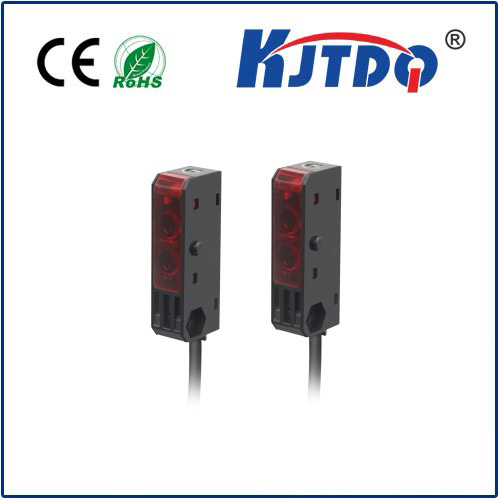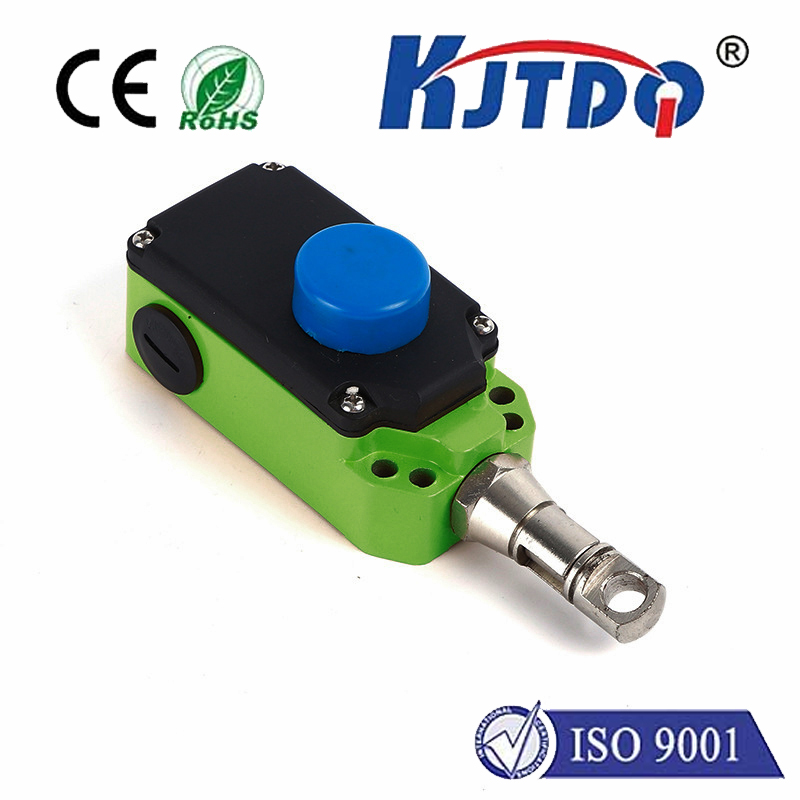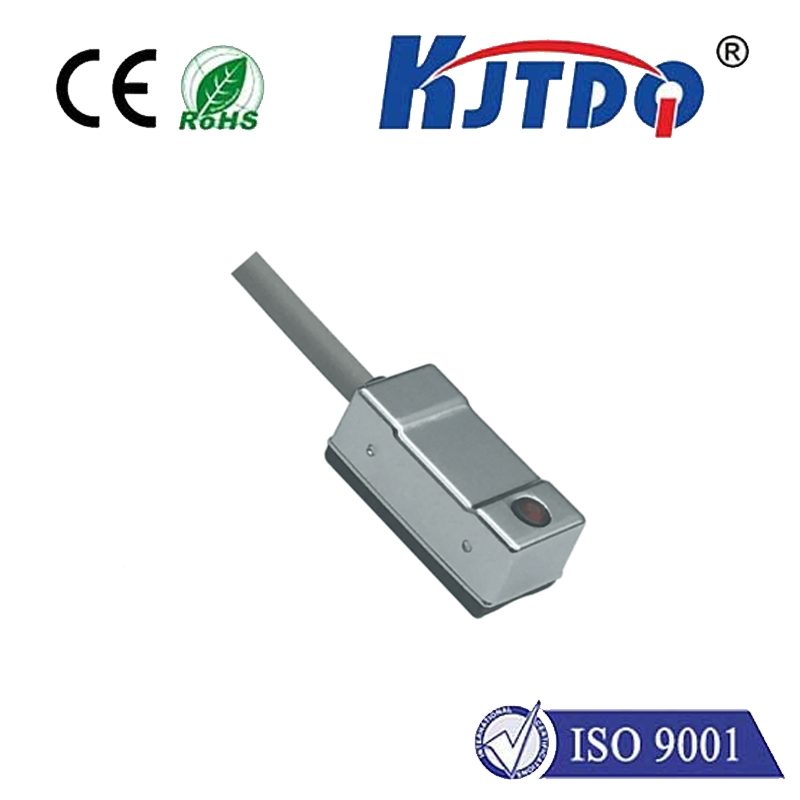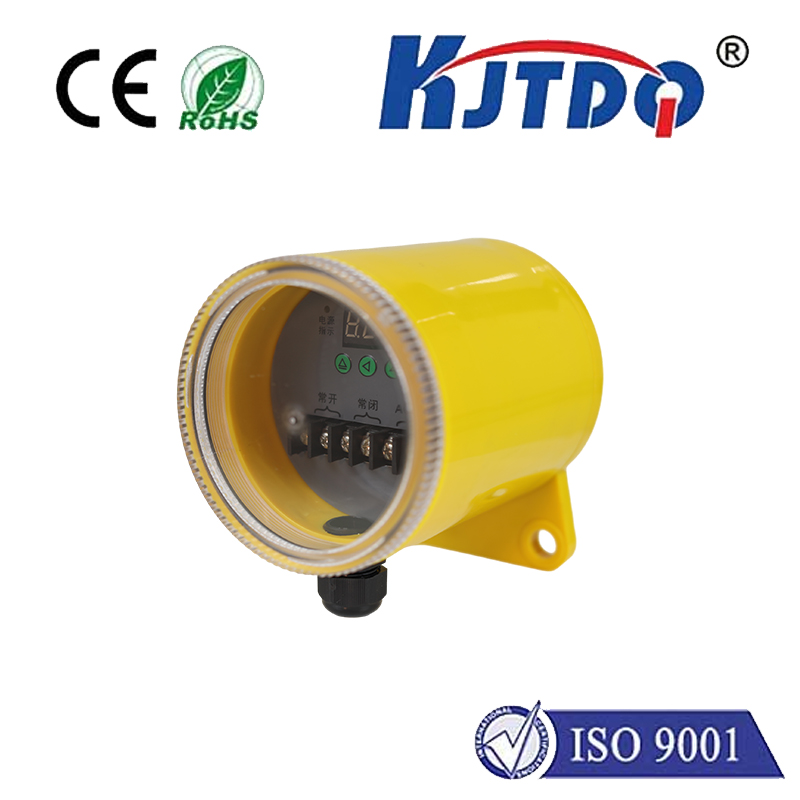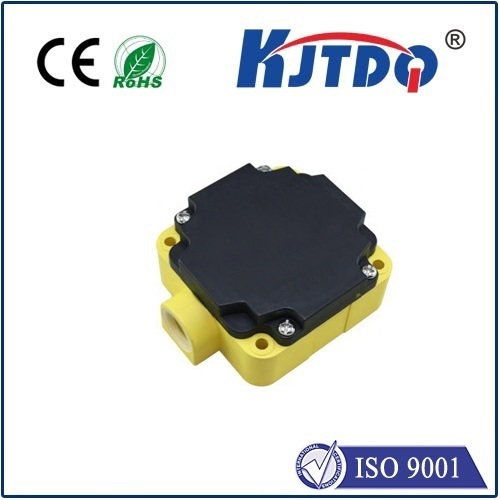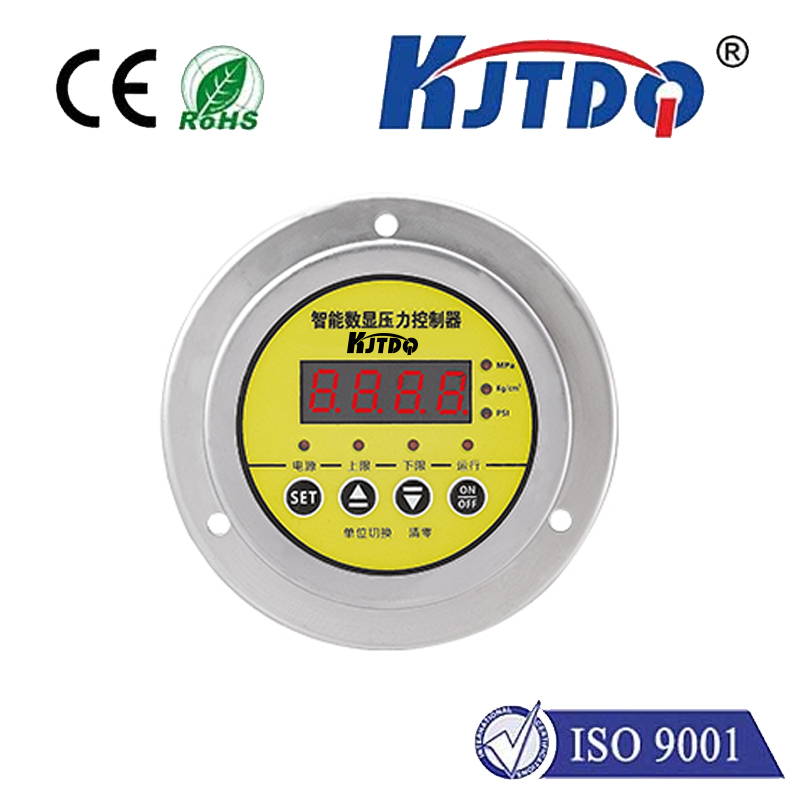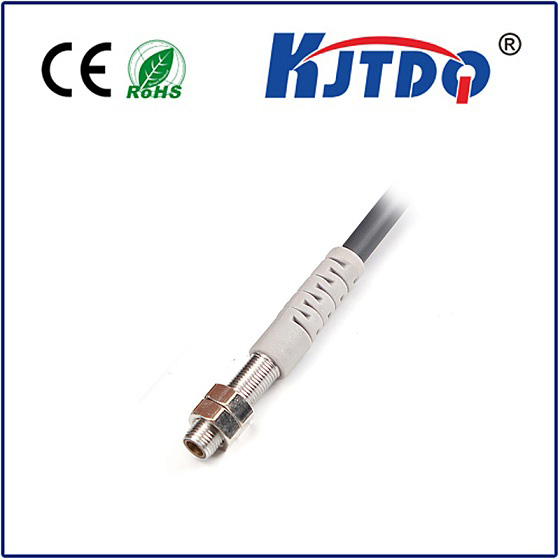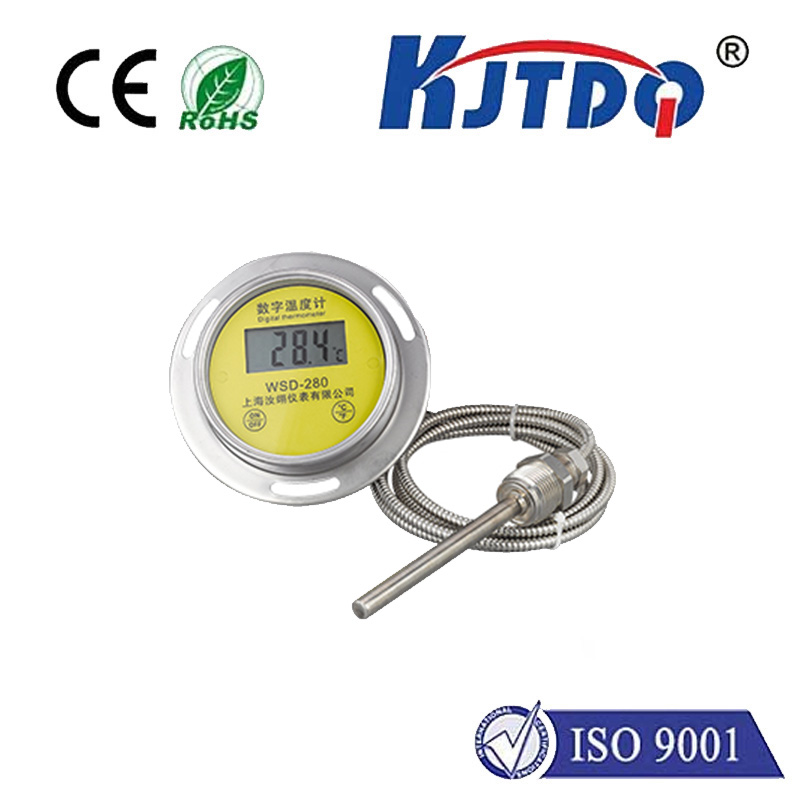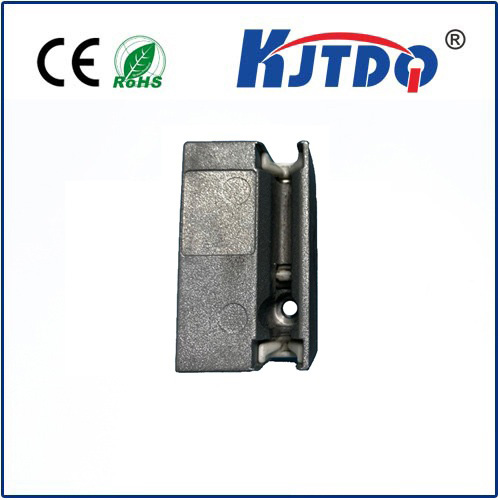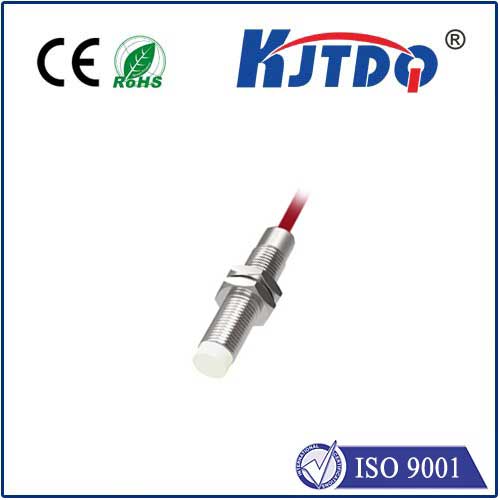
check

check

check

check
The Range of Photoelectric Sensors: A Comprehensive Guide
Photoelectric sensors are an essential tool in modern technology, playing a crucial role in various industries such as manufacturing, automation, and robotics. These sensors use light to detect objects or measure distances, making them highly versatile and adaptable to different applications. In this article, we will explore the range of photoelectric sensors available on the market today.
Types of Photoelectric Sensors

Photoelectric sensors can be broadly classified into two categories: through-beam sensors and retroreflective sensors. Through-beam sensors consist of a transmitter and receiver located opposite each other, with the object passing between them breaking the beam of light. Retroreflective sensors, on the other hand, have both the transmitter and receiver in the same housing, with a reflector placed on the opposite side. When an object passes between the sensor and the reflector, it interrupts the light beam.
Applications of Photoelectric Sensors
Photoelectric sensors have a wide range of applications across various industries. In manufacturing, they are used for product counting, packaging control, and quality inspection. In automation, they are employed for object detection, positioning, and sorting. In robotics, they are utilized for obstacle avoidance, precision alignment, and guidance systems.
Key Features of Photoelectric Sensors
When selecting a photoelectric sensor, several key features should be considered. These include the detection range, response time, output type, and environmental resistance. The detection range refers to the maximum distance at which an object can be detected by the sensor. Response time is the amount of time it takes for the sensor to react to changes in its environment. Output type determines how the sensor communicates with other devices, such as through digital or analog signals. Environmental resistance refers to the sensor's ability to function reliably in harsh conditions, such as high temperatures or humidity levels.
Conclusion
In conclusion, photoelectric sensors are a versatile and essential tool in modern technology. With their wide range of applications across various industries, these sensors provide accurate and reliable detection of objects and measurement of distances. By considering key features such as detection range, response time, output type, and environmental resistance, users can select the appropriate photoelectric sensor for their specific needs. As technology continues to advance, the range of photoelectric sensors will undoubtedly expand, further enhancing their usefulness in our increasingly automated world.
